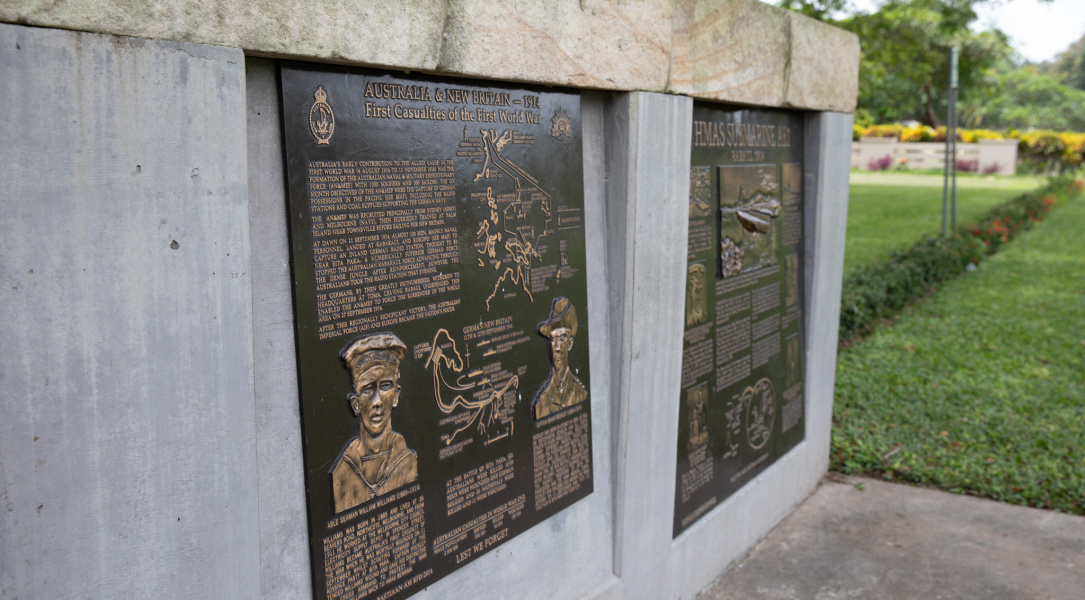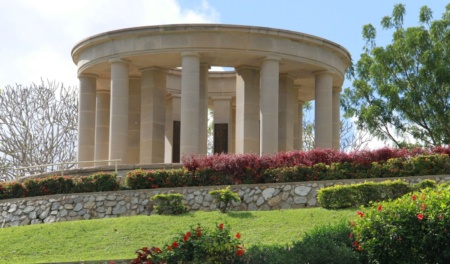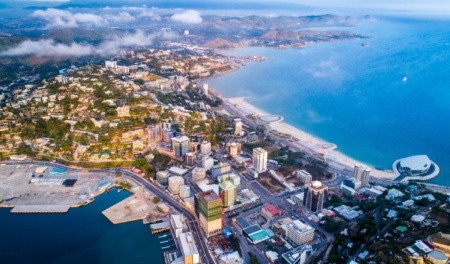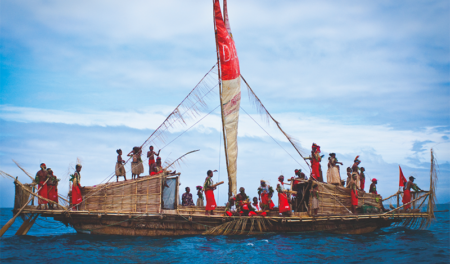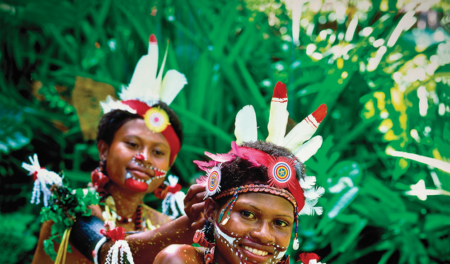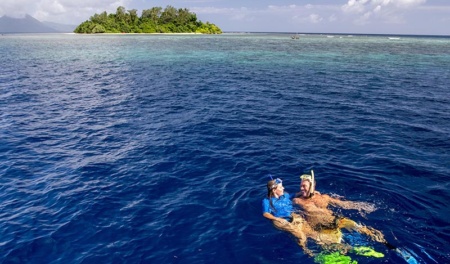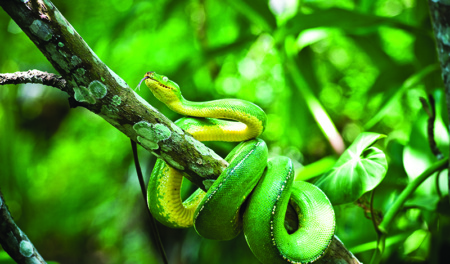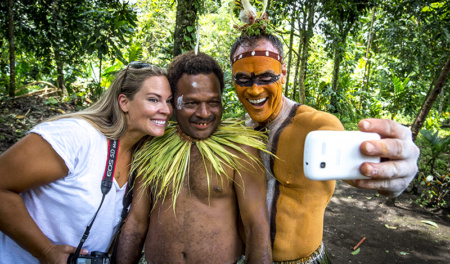Take a special ANZAC Journey in PNG to these WWII Memorial Sites
ANZAC Day is commemorated on the 25th of April every year to remember the services of the Australian and New Zealand Army Corp during the great world wars. This day honours the Australian and New Zealand soldiers “who served and died in all wars, conflicts, and peacekeeping operations” throughout the world.
Although, ANZAC Day is no longer a National Day of Observance in Papua New Guinea, many citizens and residents still pause to remember the bravery of the ANZACs, especially during the New Guinea WWII Campaign in PNG’s history. As a former territory of Australia – up until achieving Independence in 1975, Papua New Guinea was instrumental both geographically and politically in protecting the Australian mainland from the WWII Axis powers.
Over 80 years have passed since the great WWII Battles raged across Papua New Guinea. However, the memories of the ANZACs still remain in PNG through beautifully kept memorial sites, undisturbed war relics, and treasured museums – where the stories of the past are kept safe for future generations to remember.
Your ANZAC journey in Papua New Guinea awaits, with a million different stories to discover, here are a list of timeless places we recommend you visit today to pay homage to the brave and fallen of a bygone era.
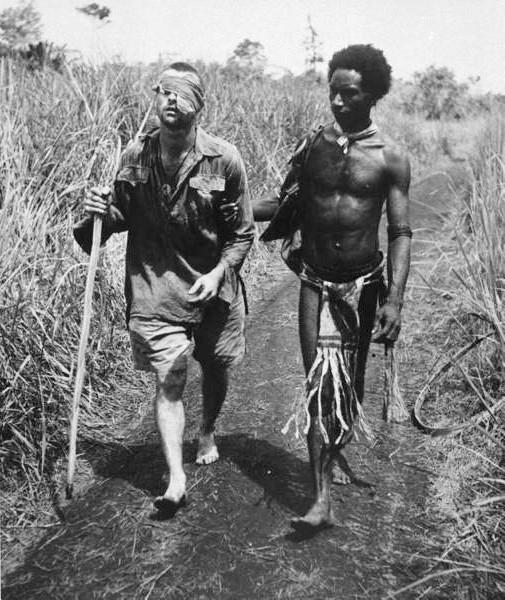
Lae War Memorial
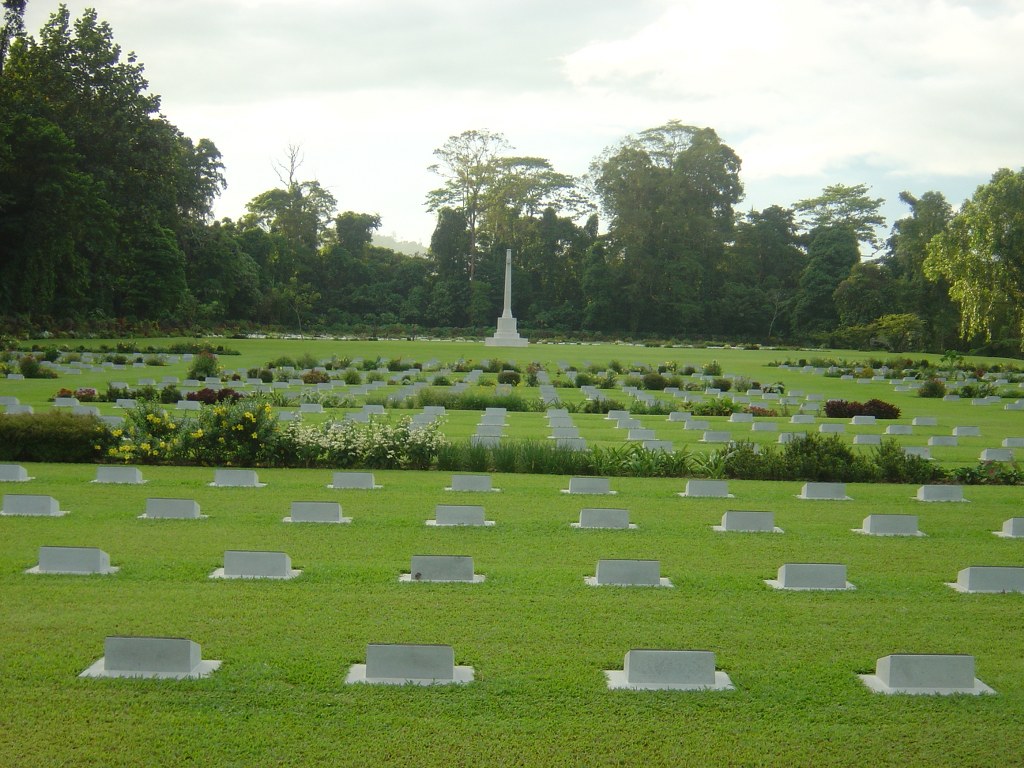
During World War II in early 1942, Japan dominated air superiority in the Pacific, targeting Lae and nearby airfields in PNG. Lae and Salamaua were bombed on January 21st, followed by a land invasion on March 7th, and further invasions in Buna and Gona in July, marking a critical phase in the New Guinea Campaign. In 1944, the Australian Army Graves Service established the Lae War Cemetery to honour those lost in the campaign, with up to 2,818 Commonwealth Burials, including 444 unidentified soldiers. The Cemetery was transferred to the Commonwealth War Graves Commission in 1947, and unveiled in 1953 by the Governor-General of Australia, Field Marshal Slim.
The Lae War Memorial is situated in the heart of Lae City, Morobe Province, near the beautiful Lae Botanical Gardens.
Looking to Visit, check out these places to stay while you’re in Lae
Recommended Lae Tour Guides
Kokoda Isurava Memorial

The Isurava Memorial is a site at which some of the most intense battles took place during the Kokoda Campaign between July to November of 1942. A notable site adjacent to the Isurava Memorial is where the famous tale of Private Bruce ‘Steel’ Kingsbury VC performed an act of valour for which he was awarded the Victoria Cross – the first VC awarded in PNG, after his passing in August 1942.
The Isurava Memorial features four Australian Black Granite pillars each inscribed with a single word: Courage, Endurance, Mateship, Sacrifice.
A fitting representation of the values and qualities displayed by Private Bruce Kingsbury VC and the Australian soldiers who fought along the Kokoda Trail.
The Kokoda Isurava Memorial looks over the Kokoda Valley in the Northern Province, a few hours trekking to the Kokoda Station.
Looking to Visit, check out these places to stay and tour guides while you’re in Oro Province
Bomana War Memorial
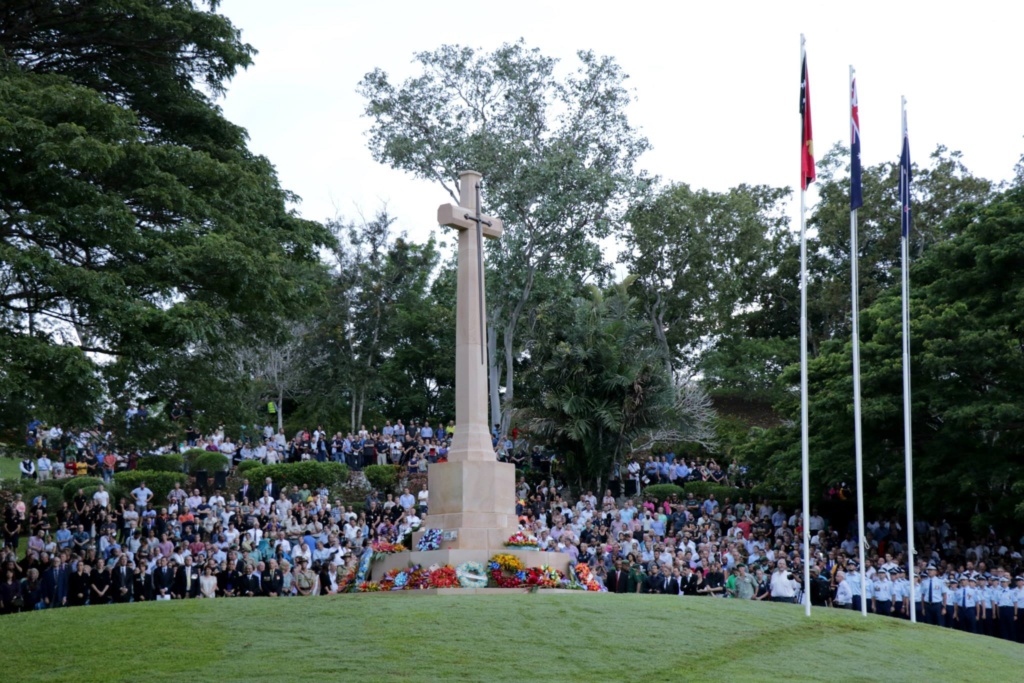
Following the Japanese invasions of Lae and Salamaua in March 1942, Port Moresby became a target. However, after their sea attack fleet was defeated in the Coral Sea, they shifted to overland assaults, targeting Buna and Gona in September 1942. The Bomana War Cemetery, unveiled in 1953 by Australia’s Governor-General, Field Marshal Slim, serves as the final resting place for 3,824 Commonwealth soldiers from battles in PNG and Bougainville, including 699 unidentified soldiers. Adjacent to the cemetery, the Port Moresby War Memorial honours 750 Australian Army, Merchant Navy, and Air Force personnel who died in PNG with no known graves, while Bougainville’s unidentified casualties are remembered at Fiji’s Suva Memorial.
The Bomana War Cemetery lies north of Port Moresby on the road to Nine Mile and is approached from the main road by a short road called Pilgrims Way.
Looking to Visit, check out these places to stay while you’re in Port Moresby
Click for a list of NCD / Central Province Tour Guides
Ela Beach Remembrance Park

The Ela Beach Remembrance Park was constructed in the mid 2000s and brings together plaques from memorials from around Port Moresby to one location. Of the plaques, the most notable is a copper-beating of the famous photo of a “Fuzzy-Wuzzy Angel” assisting a wounded Australian soldier during the Kokoda Campaign.
The Ela Beach Remembrance Park can be found along the stretch of road along the coastline from Koki to Ela Beach in Port Moresby.
Looking to Visit, check out these places to stay while you’re in Port Moresby
Click for a list of NCD / Central Province Tour Guides
Kalibobo Lighthouse
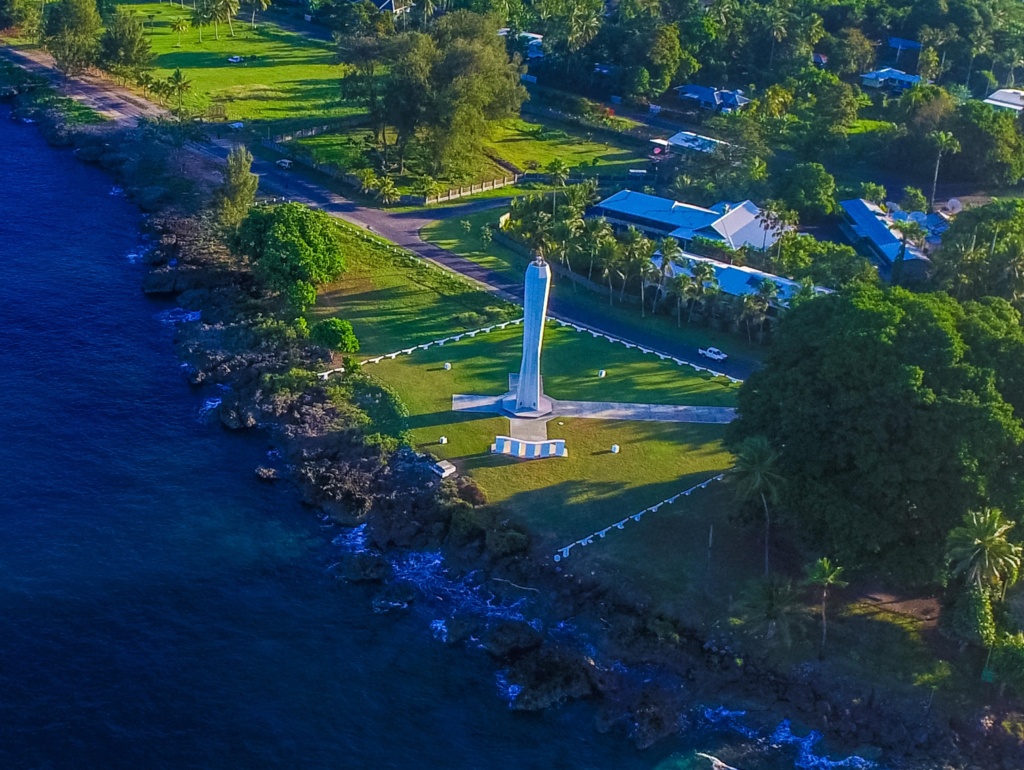
The Coastwatchers Memorial situated at the Kalibobo Lighthouse in Madang Province is a memorial in honour of the “Fallen Coastwatchers.” 38 Australians were members of the 5th Australian Division which was a platoon of the 30th and a patrol of the 57th of the 60th Battalion who defeated a Japanese rearguard that Madang in April of 1944. In 1959, Australian Minister for Navy, Senator John Gorton switch the light on of the memorial for the first time.
Perched in Madang, the Kalibobo Lighthouse overlooks the breathtaking Dallman Passage and accessible via the Coronation Drive.
Looking to Visit, check out these places to stay while you’re in Madang
Recommended Madang Tour Guides
Cape Wom Memorial Park

On September 13th, 1945, Japanese Lieutenant General Adachi of the 18th Imperial Japanese Army officially surrendered and handed his Samurai Sword to Australian Major General Robertson of the 6th Division at Cape Wom. The exact location of the surrender is now known as the Cape Wom Memorial Park to honour the memory of those that laid down their lives as well as signifying the historical significance of the end of the Second World War.
Cape Wom Memorial Park can be found in East Sepik Province, west of Wewak town, on the same road heading towards Dagua.
Looking to Visit, check out these places to stay while you’re in Wewak
Recommended East Sepik Tour Guides
Bita Paka War Memorial
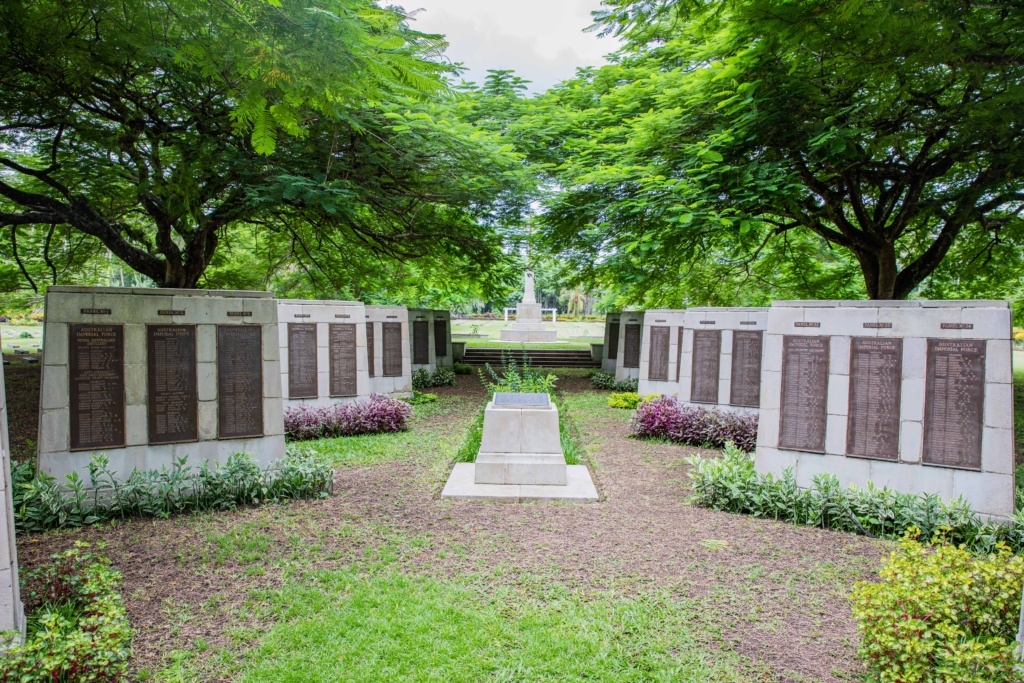
In January 1942, Rabaul endured a Japanese attack following extensive air bombardment, leading to a significant defeat for its defenders, resulting in numerous casualties, captures, and some escaping. Concurrently, New Ireland also faced an attack. The conflict reignited in November 1944 with Australian forces landing at Jacquinot Bay and Wide Bay, containing the Japanese in the Gazelle Peninsula until their surrender in August 1945. Rabaul was extensively bombed and was taken over by the Allies after the Japanese surrendered. The Rabaul (Bita Paka) War Cemetery, established in 1945, holds Commonwealth burials from the New Britain and New Ireland operations.
The Bita Paka Memorial commemorates the services of the Australian Army and Royal Australian Air Force members who perished in the region with no known graves.
The Bitapaka War Cemetery can be found a half-an-hour drive from Kokopo town, East New Britain Province. The War Cemetery is around 50km south of Rabaul, and about 5km south-west of Kokopo.
See: ANZAC Day in Rabaul.
Looking to Visit, check out these places to stay while you’re in East New Britain
Recommended East New Britain Tour Guides
- PNG Tour Guides
- Rabaul Scenic Tour
- Rabaul Historical Tours
Other recommended places to visit on your ANZAC Journey in Papua New Guinea:
- National Museum and Art Gallery
- Kokopo War Museum
- Rabaul Historical Museum
- Amelia Earhart Memorial
For more information, contact us via info@papuanewguinea.travel
Share To:

